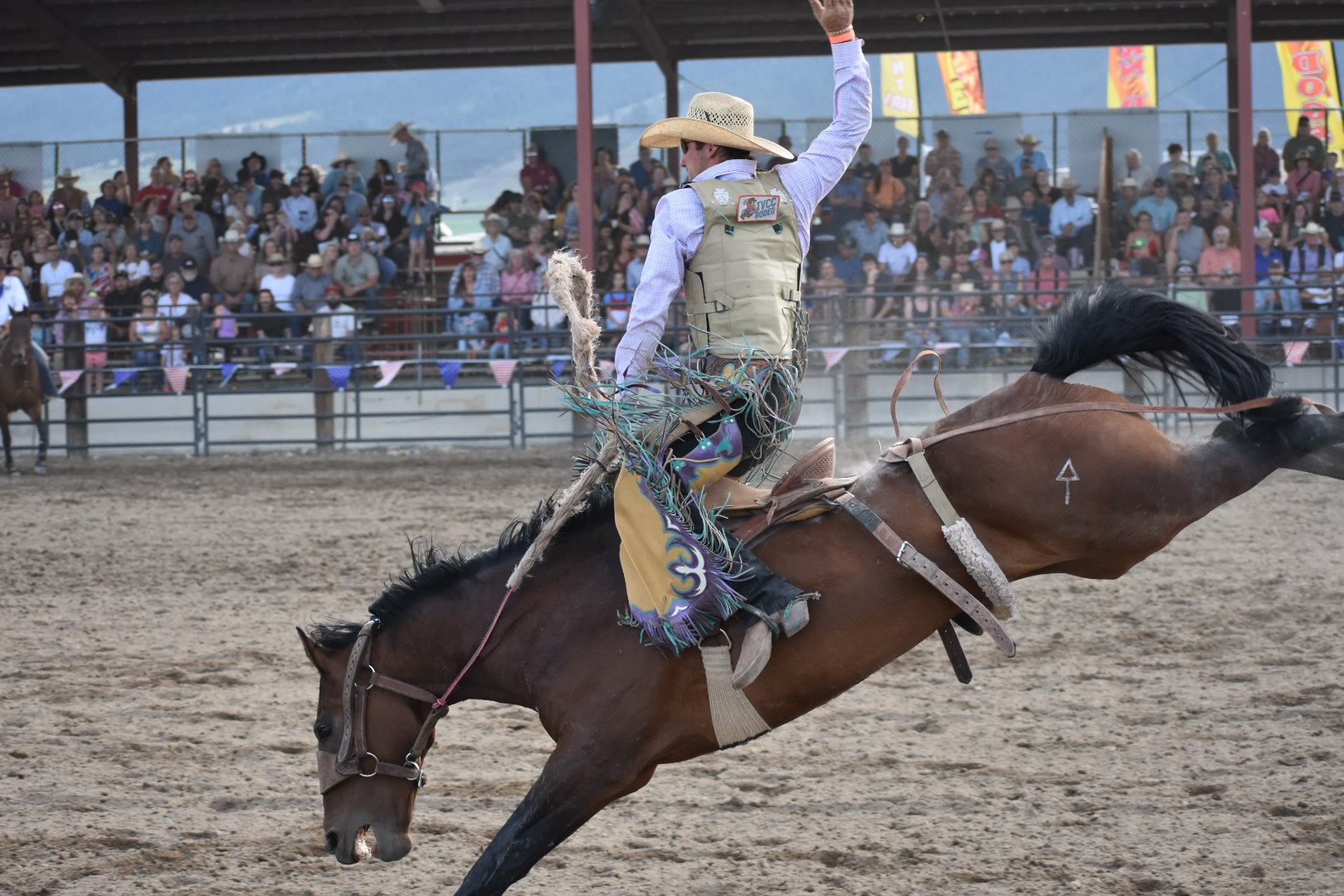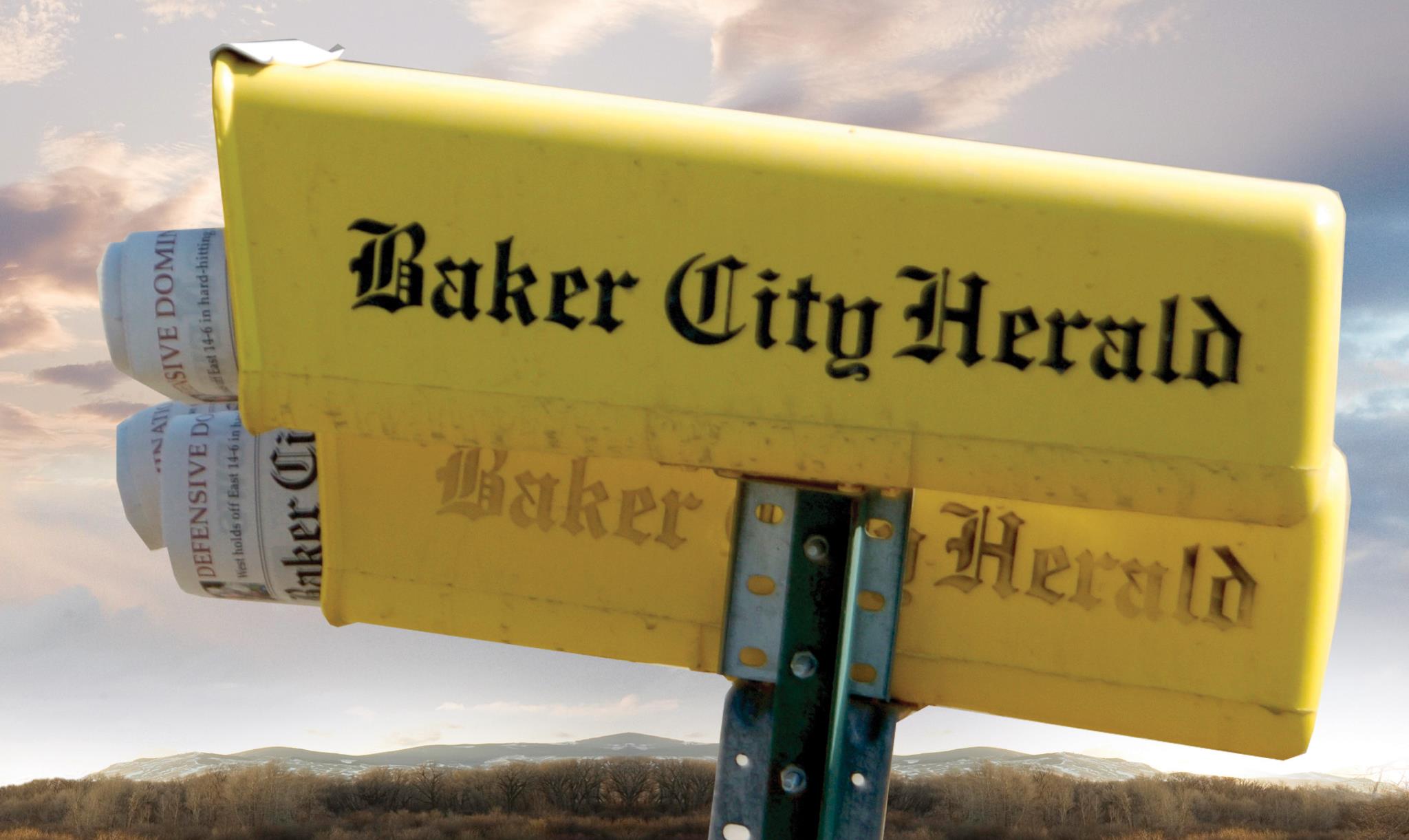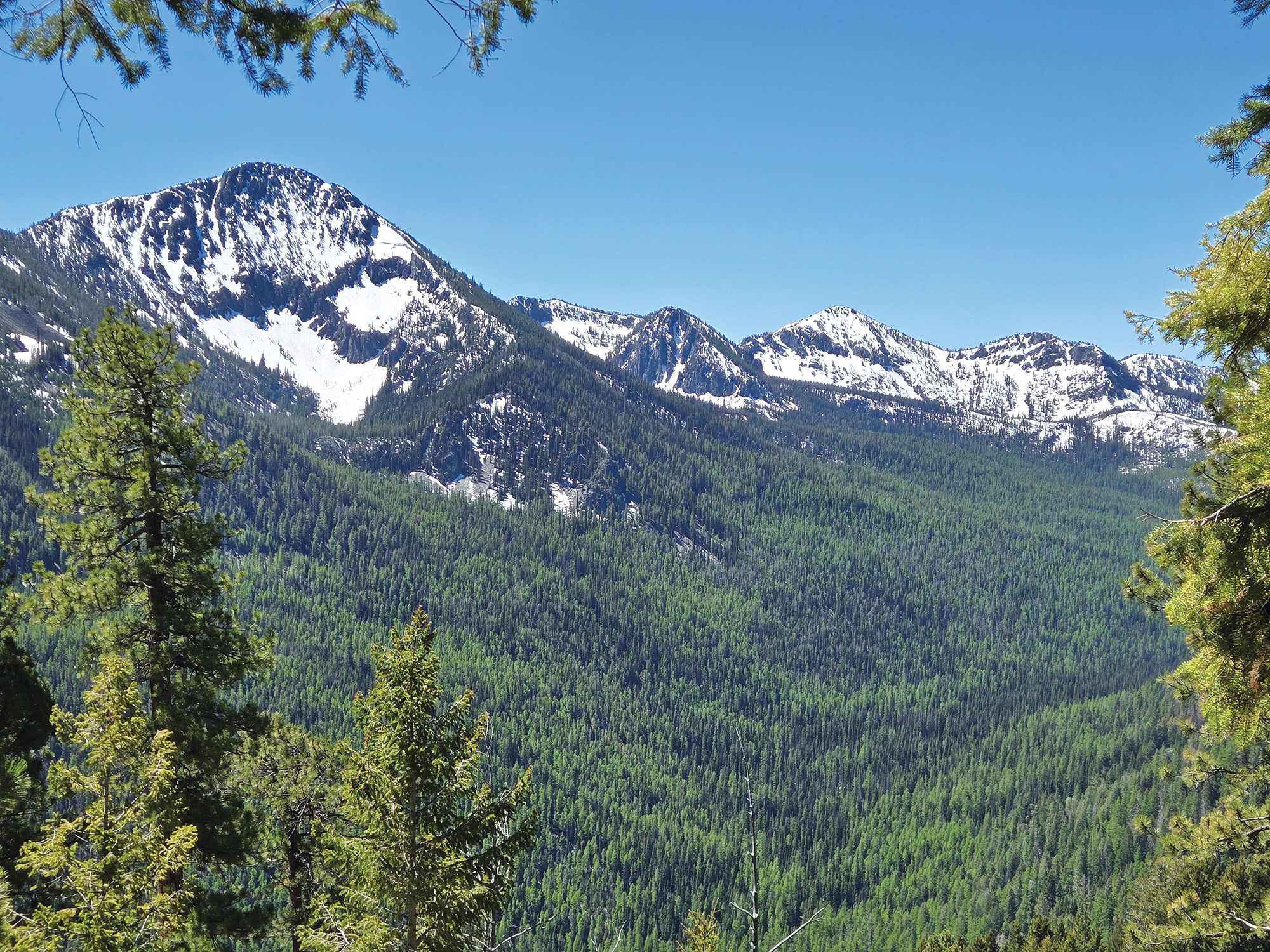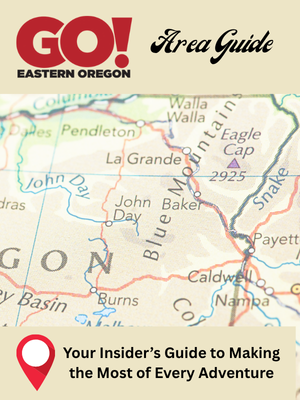National park fees rising too quickly
Published 12:25 pm Wednesday, November 1, 2017
We pine for the halcyon era when America’s national parks were known for the grandiosity of their mountains and cliffs and trees rather than the size of their fee increases.
These days, though, you’re more likely to read about how many bills you’ll have to slide from your wallet to enter a national park, not the elevation of Mount Rainier’s summit, or how many feet there are between El Capitan’s base and its top.
The latest proposal from the National Park Service is to boost the entrance fee during the busiest five-month period at 17 parks, most of them in the West, from $25 or $30 per vehicle to $70.
This comes while the ink is still fresh on the new lifetime passes that people 62 and older can buy to gain admission to national parks and other recreation sites managed by federal agencies. On Aug. 28 the price for those passes rose from $10 to $80.
In both cases the purpose is to give the Park Service more money to maintain its visitor centers, trails and other facilities. The agency, which is part of the Department of the Interior, estimates its deferred maintenance tally was $11.3 billion as of September 2016.
Our chief complaint about both the lifetime pass price hike and the proposed higher entrance fees is the scale of the increases.
Most vacationers, we’d wager, would at most mumble something about “inflation” if they had to pay, say, 5 or 10 bucks more to drive into Yosemite or Grand Canyon or Mount Rainier, which are among the national parks where the entrance fee could jump to $70 next year.
But the prospect of shelling out an additional $40 to $45 likely would prompt some people to turn back at the park entrance.
Which makes Interior Secretary Ryan Zinke’s words, which are intended to justify the fee increases, ring hollow.
“We need to have a vision to look at the future of our parks and take action in order to ensure that our grandkids’ grandkids will have the same if not better experience than we have today,” Zinke said. “Shoring up our parks’ aging infrastructure will do that.”
Trouble is, people who can’t afford or aren’t willing to pay the drastically increased fees won’t have much of an experience at all, since they won’t be seeing anything of the parks except the entrance gates in their rear-view mirrors.
We don’t question the need for more money to maintain national parks. But it’s not the public’s fault that that work has been deferred so long that Parks Service officials have concluded it’s necessary to nearly triple entrance fees at some of the more popular parks.
We think a series of smaller, annual or every-other-year entrance fee increases is a more reasonable approach, and one that doesn’t unduly punish park visitors.
The publicity that the Park Service’s proposal provoked might serve one useful purpose — alerting Americans to the maintenance backlog in some of our more cherished pieces of public land. The prospect of having to pay so much more to visit those places might convince people to lobby their representatives in Congress to allocate more money to the agency.
Because if you follow the money, as the saying goes, you’ll find a lot more of it in Washington, D.C., than in the cars and campers of families wanting to see Half Dome or Old Faithful.
Congressional appropriations make up more than 85 percent of the Parks Service’s budget, while entrance fees constitute less than 5 percent.
From the Baker City Herald editorial board. The board consists of publisher Kari Borgen, editor Jayson Jacoby and reporter Chris Collins.









